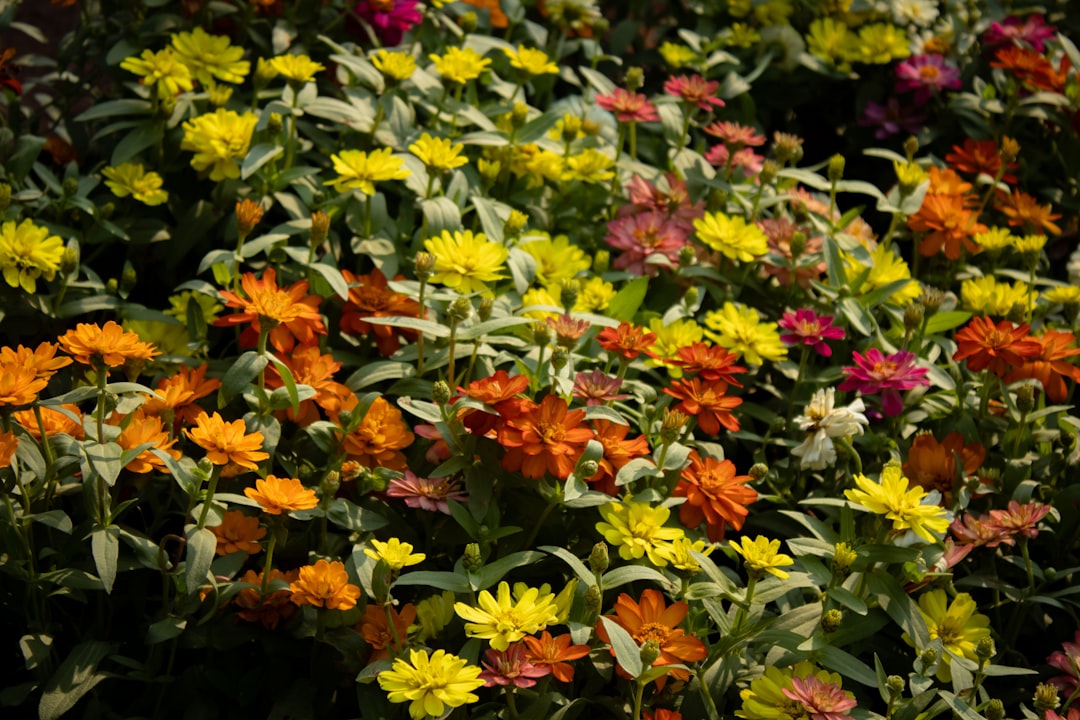The Allure of Crabapples: A Year - Round Landscape Gem

Crabapples are a remarkable addition to any landscape, offering a spectrum of beauty that spans from the vibrant days of spring to the colorful hues of fall. These hardy trees are not only aesthetically pleasing but also relatively easy to care for, making them a favorite among gardeners of all skill levels.
### Spring Splendor
As the cold grip of winter begins to loosen, crabapples burst into life with a spectacular display of blossoms. The flowers come in a variety of colors, including white, pink, and red. Their delicate petals create a stunning visual effect, attracting pollinators such as bees and butterflies. The blossoms often cover the entire tree, transforming it into a living work of art. This is a crucial time for the tree's development, as successful pollination will lead to the formation of fruit later in the season.
### Planting Crabapples
When it comes to planting crabapples, proper site selection is key. These trees thrive in full - sun locations, which means they should receive at least six hours of direct sunlight per day. The soil should be well - drained, as crabapples do not tolerate waterlogged conditions. Before planting, it's advisable to prepare the soil by adding organic matter such as compost. This will improve the soil structure and provide essential nutrients for the young tree. Dig a hole that is twice as wide and just as deep as the root ball of the crabapple tree. Place the tree in the hole, making sure the top of the root ball is level with the ground surface. Backfill the hole with soil, gently tamping it down to remove air pockets. Water the newly planted tree thoroughly to help it settle into its new home.
### Summer Growth
During the summer months, crabapples continue to grow and develop. The leaves are typically green, providing a lush backdrop for the emerging fruit. It's important to keep the tree well - watered during dry spells, especially in the first few years after planting. A layer of mulch around the base of the tree can help retain moisture and suppress weeds. However, be careful not to pile the mulch against the trunk, as this can lead to rot. Pruning can also be done during the summer, mainly to remove any dead, diseased, or crossing branches. This will improve the tree's overall structure and air circulation, reducing the risk of fungal diseases.
### Fruit Production
One of the most appealing features of crabapples is their fruit. The fruits are small, usually less than two inches in diameter, but they come in a wide range of colors, from yellow to red. They not only add visual interest to the tree but also provide food for wildlife such as birds. Some varieties of crabapples are also used in making jellies, jams, and even cider. However, it's important to note that not all crabapple fruits are edible, so it's best to do some research before using them for culinary purposes.
### Fall Foliage
As the days grow shorter and the temperatures begin to drop, crabapples put on another show with their fall foliage. The leaves turn various shades of yellow, orange, and red, creating a warm and inviting atmosphere in the landscape. The combination of the colorful leaves and the remaining fruit makes the crabapple tree a focal point in the fall garden. Eventually, the leaves will fall, and the tree will enter its dormant phase for the winter.
### Winter Care
During winter, crabapples are relatively hardy, but young trees may need some protection. Wrapping the trunk with a tree guard can prevent damage from rodents and deer. Additionally, make sure the tree has received enough water before the ground freezes. This will help it withstand the cold winter months. As the snow melts in the spring, the cycle begins anew, and the crabapple tree will once again start to bloom and grow.
In conclusion, crabapples are versatile and beautiful landscape trees that offer year - round interest. By following the basic principles of planting and care, gardeners can enjoy the many benefits that these trees have to offer. Whether you're looking to add a splash of color to your garden or provide a habitat for wildlife, crabapples are an excellent choice.